Reading Standard Music Notation
Reading on guitar and to a lesser extent on the ukulele is hard. With note duplication and alternate locations. The fingering issues inherent to the non-equal distant tuning. It's no wonder guitar and ukulele players a like avoid learning to read.
Sight Reading vs. Reading
There are two types of reading. One is sight-reading. This level of reading is akin to reading a book or magazine. You are reading it in real-time without having seen it beforehand. Studio and show musicians do as part of the job.
The second is reading music when learning a new song or exploring music written in standard music notation. This level of reading is a lot easier and obtainable goal.
Either way, reading is the ability to read notes, chords, and rhythm. Whether it's a simple chord chart or a full-blown score. It's doable with the right plan.
The most accessible place to start is the open position on the guitar or ukulele.


Reading TAB is NOT—Reading music.
Learning the Fingerboard Resources
If there in one thing that has the most bang for the buck, and these are FREE,. It's really learning the names of the notes of the ukulele fingerboard in your favorite tuning. This is not reading it's just knowing that fret (5) is C F A D and fret (2) is A D F# B. being able to know the name of any fret on any string like second nature.
- Fingerboard Reference Charts — C, D, and G Tuning
- Learning the Ukulele Fingerboard books — C, D, and G Tuning
Standard Music Notation
Reading Lessons
- Reading Music on Ukulele— A Primer — A series of nine lessons for learning to read music in open position on ukulele. For C tuning.
- Reading TAB & Chord Grids — TAB or Tablature is a form of musical notation, which tells players where to place their fingers on a particular instrument rather than which pitches to play. Generally speaking, TAB or tablature is commonly used by informally trained musicians in folk, popular and rock music.
48 Reading Lessons
Here are all the lessons tagged covering Reading.
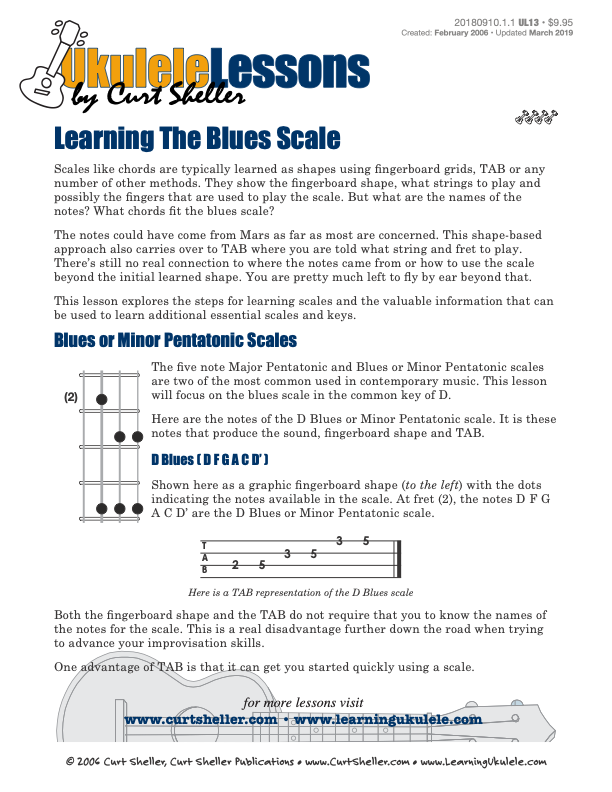
Learn the Blues ( Minor Pentatonic ) and Pentatonic ( Major Pentatonic ) scales on ukulele. A practical approach to learning theses two essential scales using the Blues. These five note scales, the Major Pentatonic and the Blues or Minor Pentatonic scales are two of the most common scales used in contemporary music.
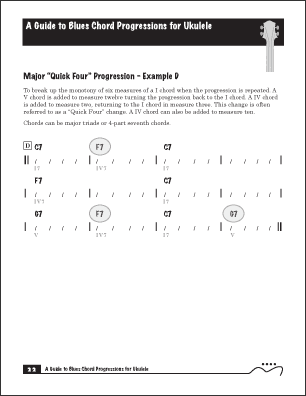
"Major Quick Four Progression - Example D". From the book A Guide to Blues Progressions for Ukulele from A to Z.

Using chord "Voice Leading" principles we will explore all 4 voicings of core seventh chords using string family 1 2 3 4 chords.
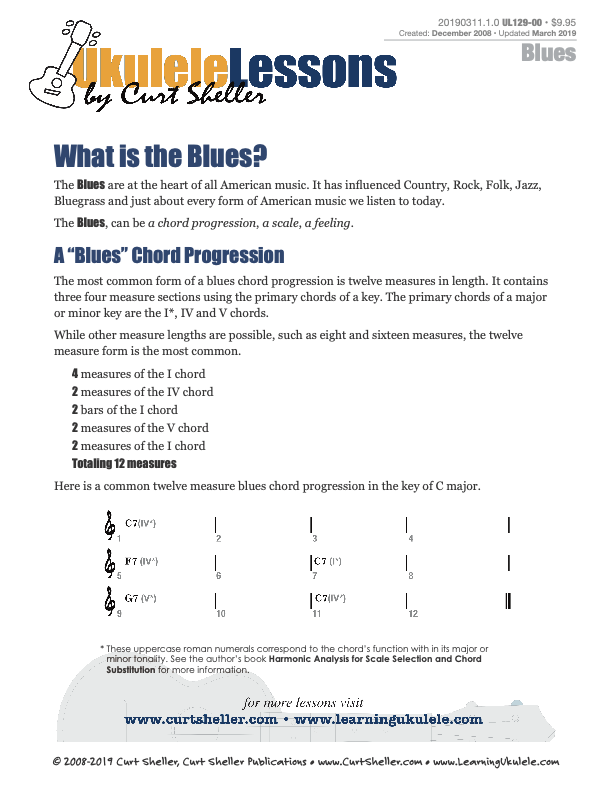
The Blues are at the heart of all American music. It has influenced Country, Rock, Folk, Jazz, Bluegrass and just about every form of American music we listen to today. The Blues - a chord progression, a scale, a feeling. This lesson presents an introduction to the blues progression and a couple of scale position of the pentatonic scale to get you started improvising.
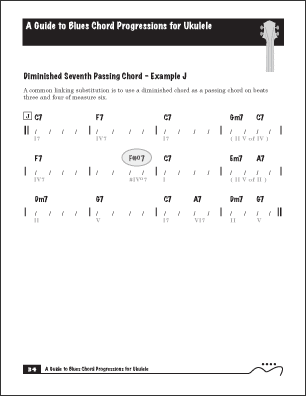
"Diminished Seventh Passing Chord - Example J". From the book A Guide to Blues Progressions for Ukulele from A to Z.

Taking a movable "F7" chord, you can derive each of the Big Six Core Chords. 7, maj7, m7, m7b5, dim7, and aug7 from that voicing.
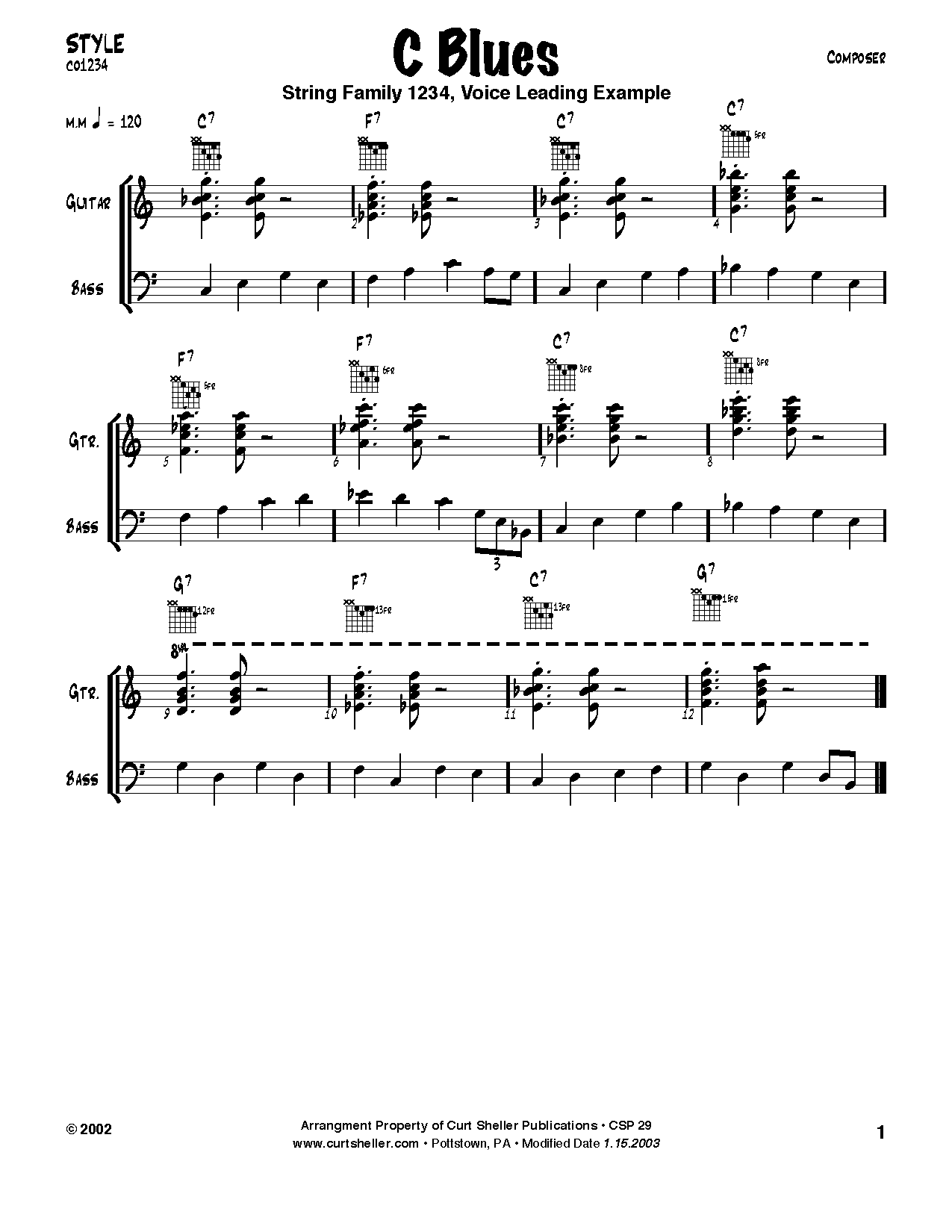
Using the blues progression will can explore all voicings on string family 1 2 3 4. Using Voice Leading principles we will explore all 4 voicings of a seventh chords. To goal here is to play a different voicing in each measure. By transposing the C7 voicings to F7 (up 5 frets) and G7 (up 2 frets from F7).
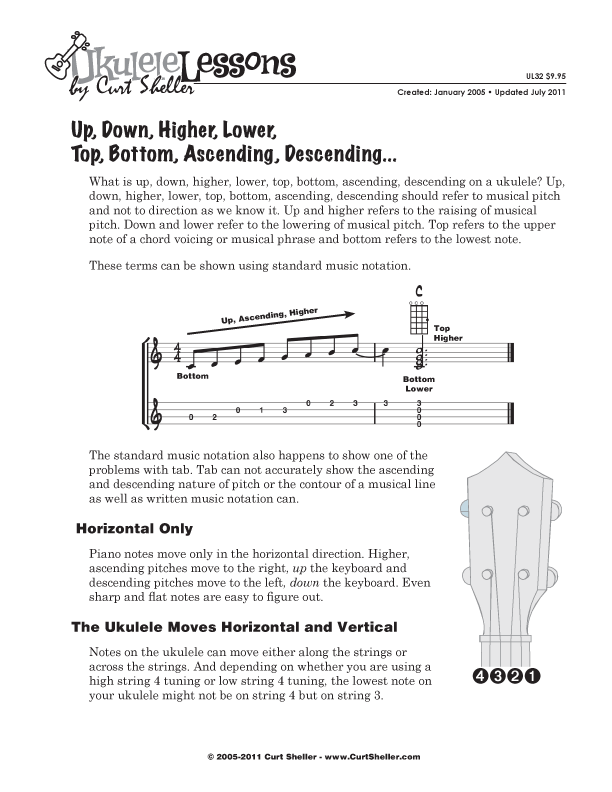
What is up, down, higher, lower, top, bottom, ascending, descending on a guitar? Up, down, higher, lower, top, bottom, ascending, descending should refer to musical pitch and not to direction as we know it. Up and higher refers to the raising of musical pitch. Down and lower refer to the lowering of musical pitch. Top refers to the upper note of a chord voicing or musical phrase and bottom refers to the lowest note.
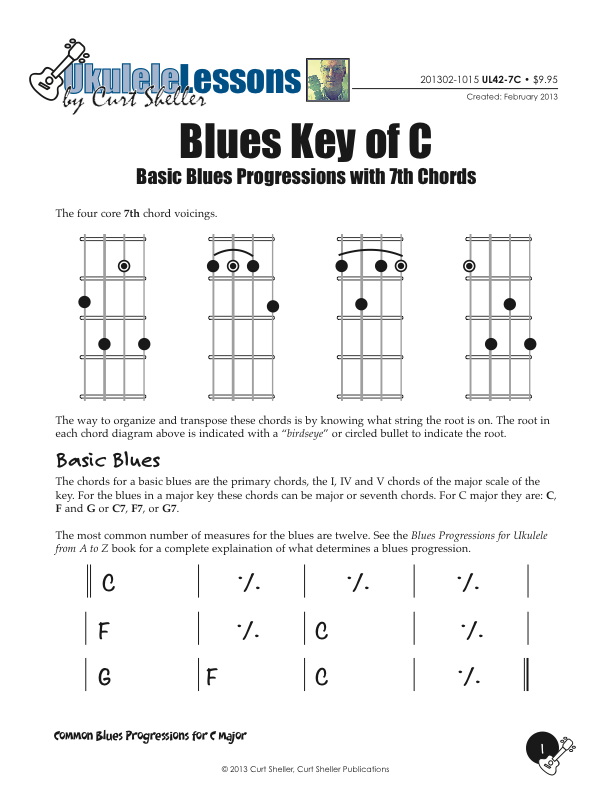
Basic and Quick Change blues chord progressions in the key of C major using the core 7th chords from the Big Six series of lessons. This is a great way to explore this core chord in various keys. These are the two most common blues progressions used in traditional and contemporary music.
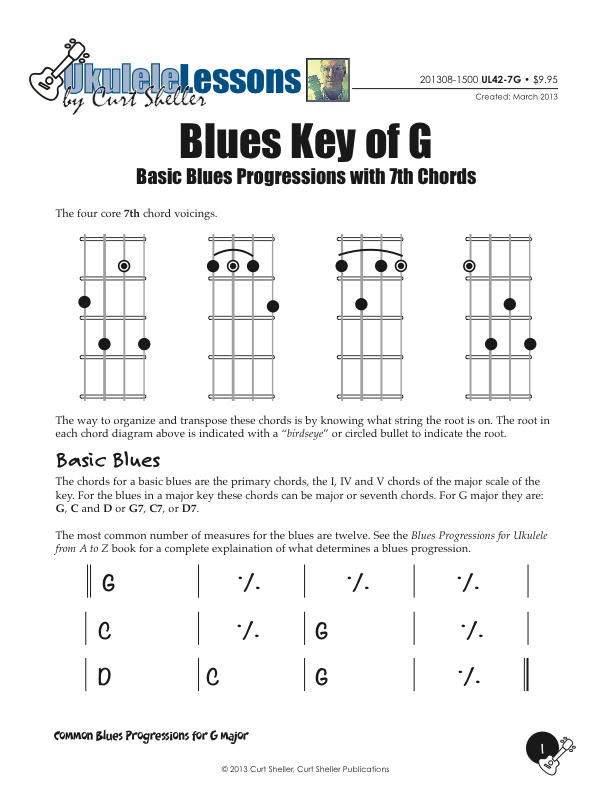
Basic and Quick Change blues chord progressions in the key of G major using the core 7th chords from the Big Six series of lessons. This is great way to explore this core chord in various keys. These are the two most common blues progressions used in traditional and contemporary music.
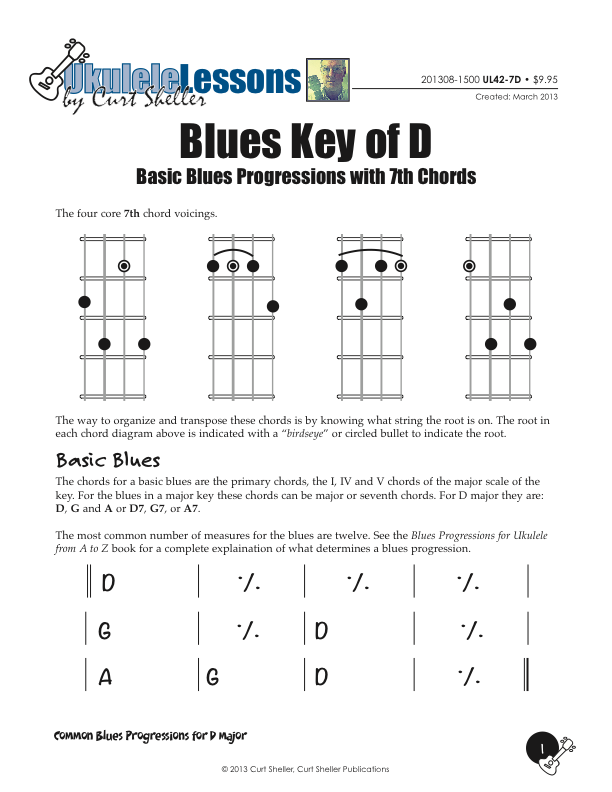
Basic and Quick Change blues chord progressions in the key of D major using the core 7th chords from the Big Six series of lessons. This is great way to explore this core chord in various keys.

Basic and Quick Change blues chord progressions in the key of A major using the core 7th chords from the Big Six series of lessons. This is great way to explore this core chord in various keys.
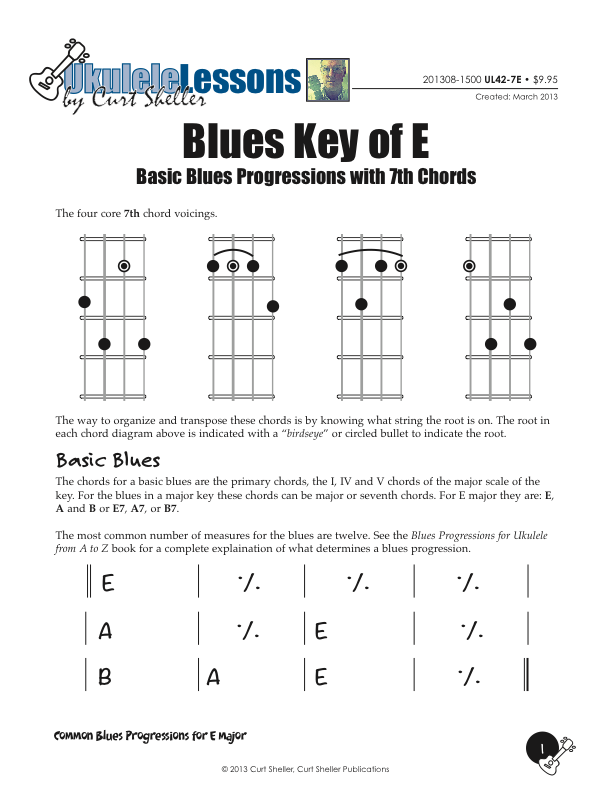
Basic and Quick Change blues chord progressions in the key of E major using the core 7th chords from the Big Six series of lessons. This is great way to explore this core chord in various keys.
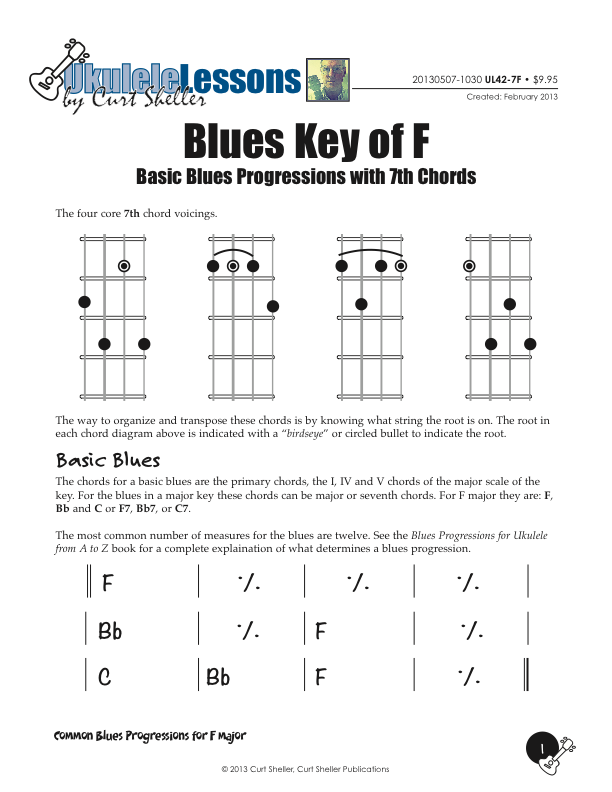
Basic and Quick Change blues chord progressions in the key of F major using the core 7th chords from the Big Six series of lessons. This is great way to explore this core chord in various keys.
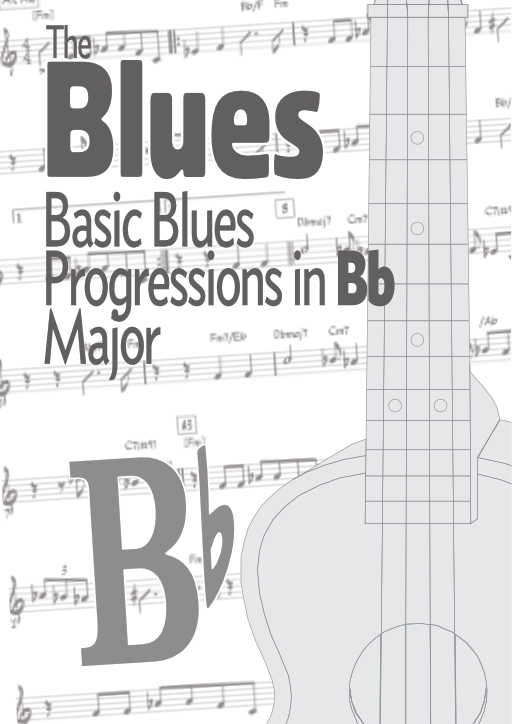
Basic and Quick Change blues chord progressions in the key of Bb major using the core 7th chords from the Big Six series of lessons. This is great way to explore this core chord in various keys.
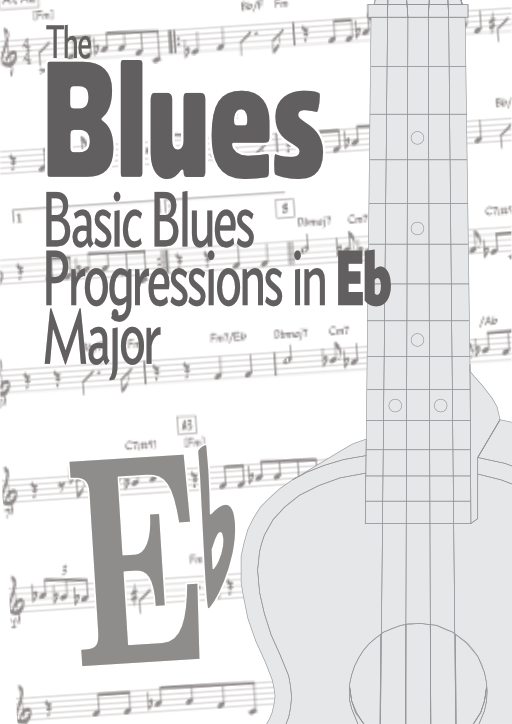
Basic and Quick Change blues chord progressions in the key of Eb major using the core 7th chords from the Big Six series of lessons. This is great way to explore this core chord in various keys.

Basic and Quick Change blues chord progressions in the key of Ab major using the core 7th chords from the Big Six series of lessons. This is great way to explore this core chord in various keys.
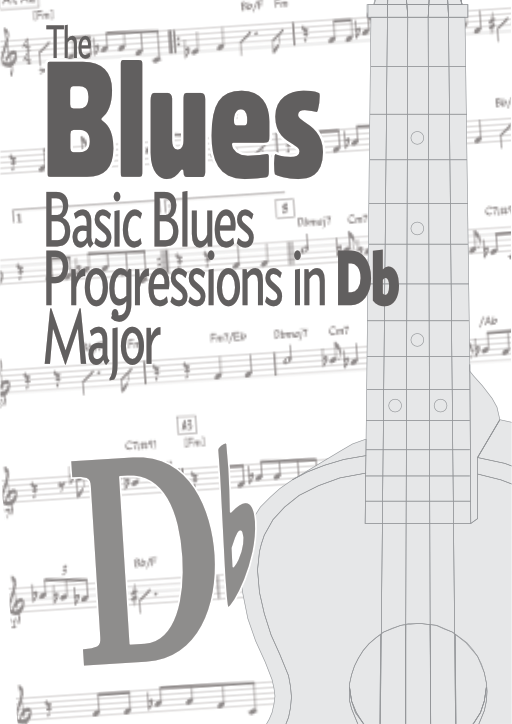
Basic and Quick Change blues chord progressions in the key of Db major using the core 7th chords from the Big Six series of lessons. This is great way to explore this core chord in various keys
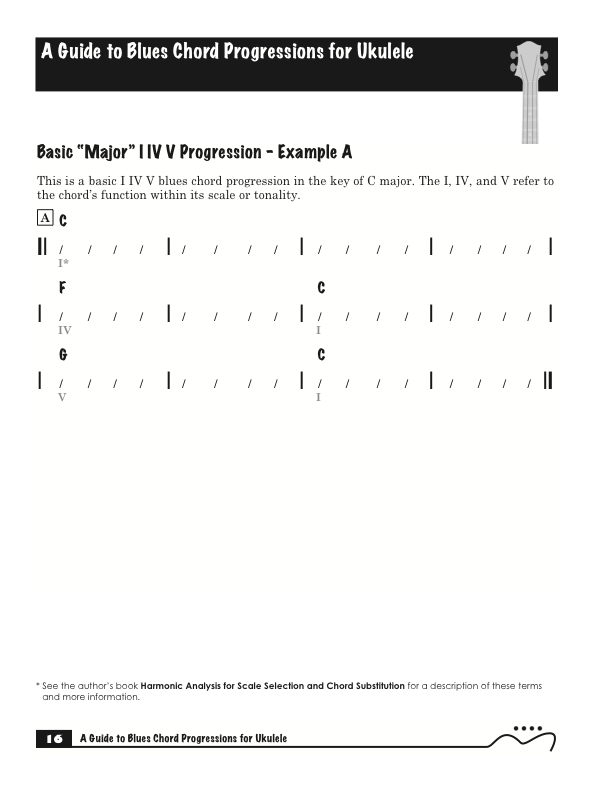
Example A blues progression from my book "A Guide To Blues Chord Progressions For Ukulele A To Z".
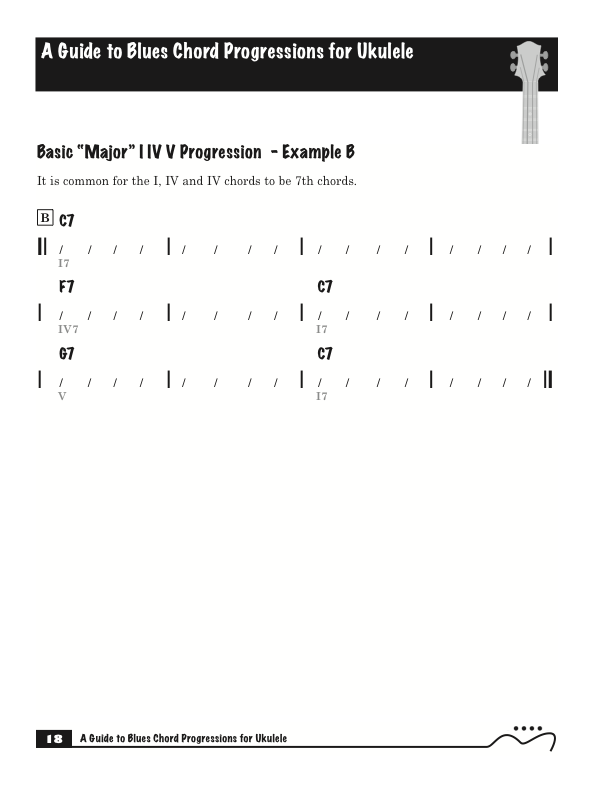
Example B blues progression from my book "A Guide To Blues Chord Progressions For Ukulele A To Z".
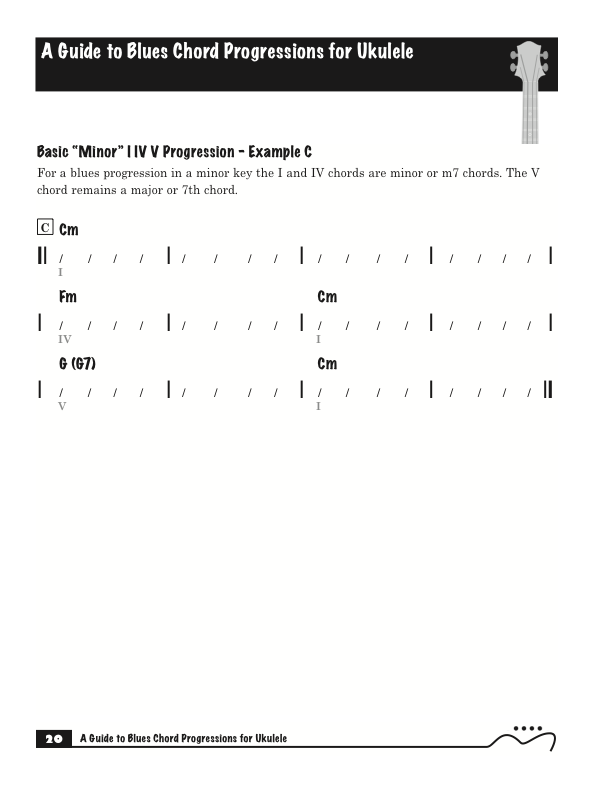
Example C blues progression from my book "A Guide To Blues Chord Progressions For Ukulele A To Z".
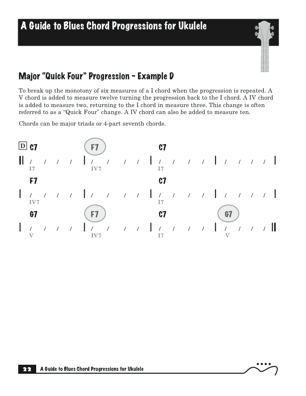
Example D blues progression from my book "A Guide To Blues Chord Progressions For Ukulele A To Z".

Example E blues progression from my book "A Guide To Blues Chord Progressions For Ukulele A To Z".
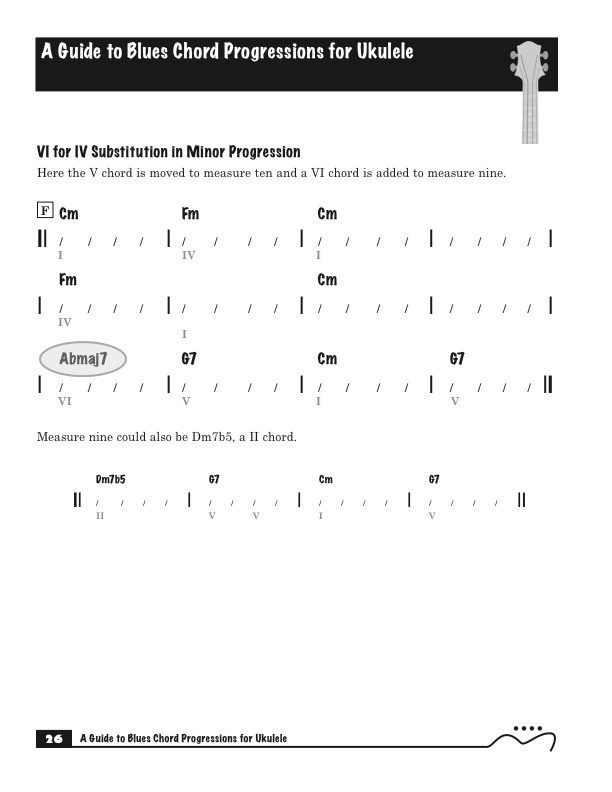
Example F blues progression from my book "A Guide To Blues Chord Progressions For Ukulele A To Z".
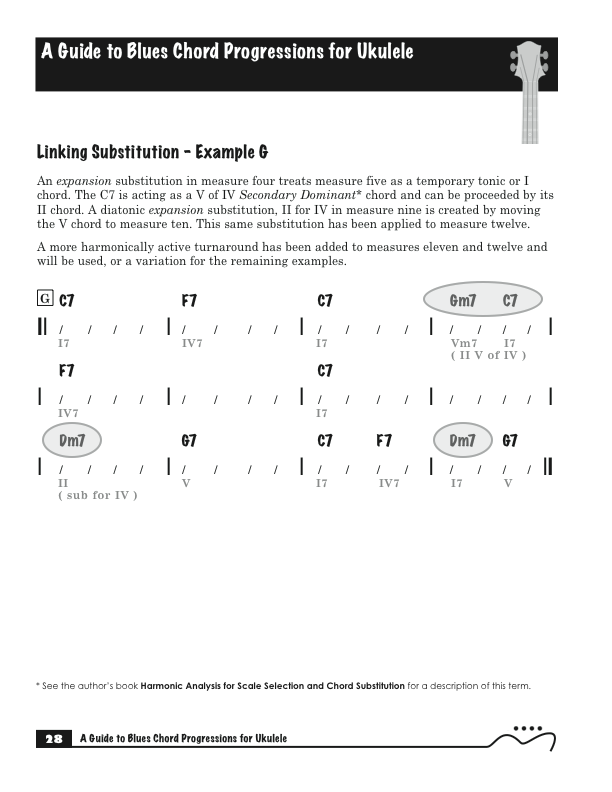
Example G blues progression from my book "A Guide To Blues Chord Progressions For Ukulele A To Z".
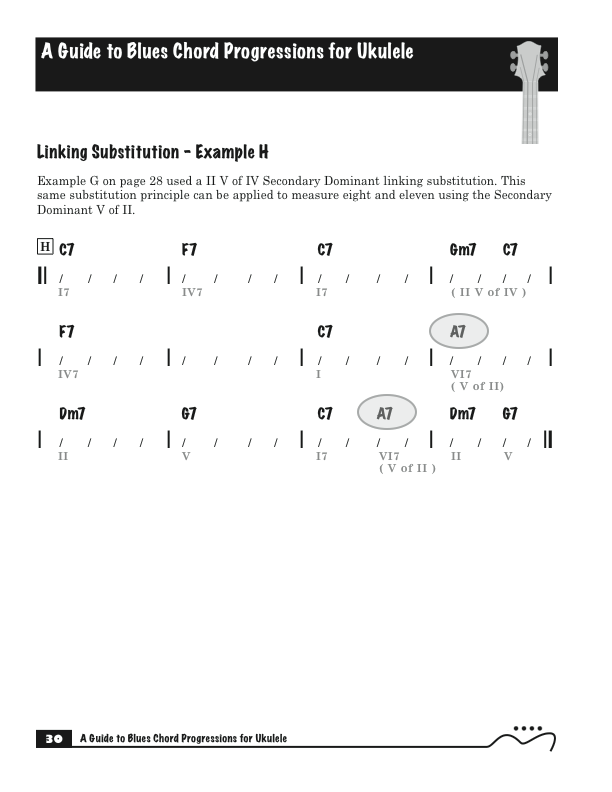
Example H blues progression from my book "A Guide To Blues Chord Progressions For Ukulele A To Z".

Example I blues progression from my book "A Guide To Blues Chord Progressions For Ukulele A To Z".
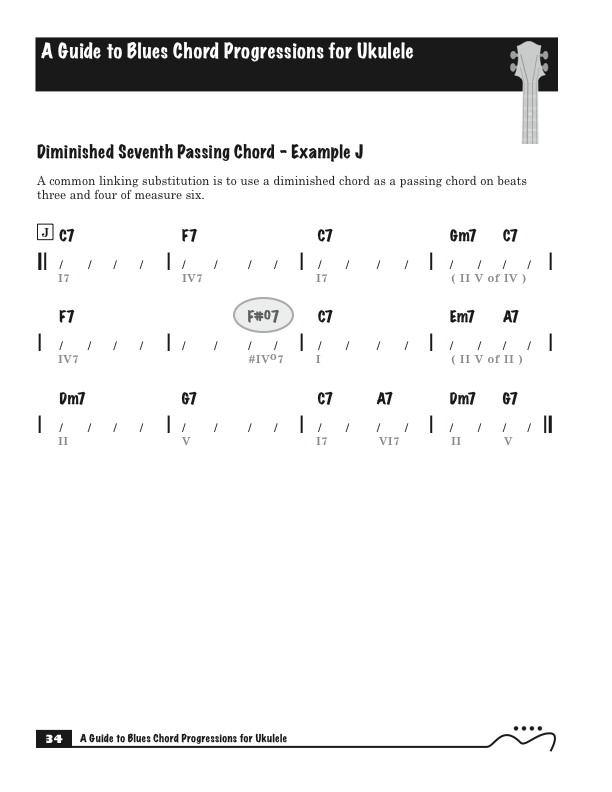
Example J blues progression from my book "A Guide To Blues Chord Progressions For Ukulele A To Z".
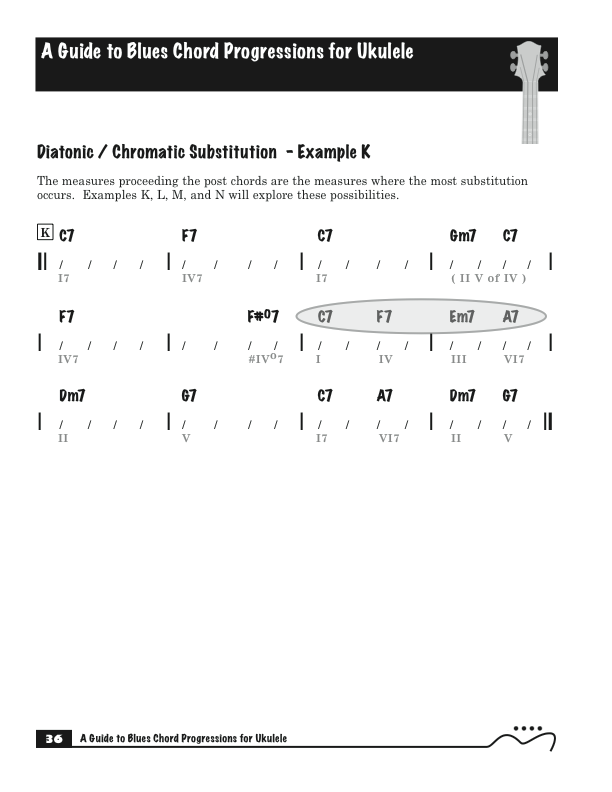
Example L blues progression from my book "A Guide To Blues Chord Progressions For Ukulele A To Z".
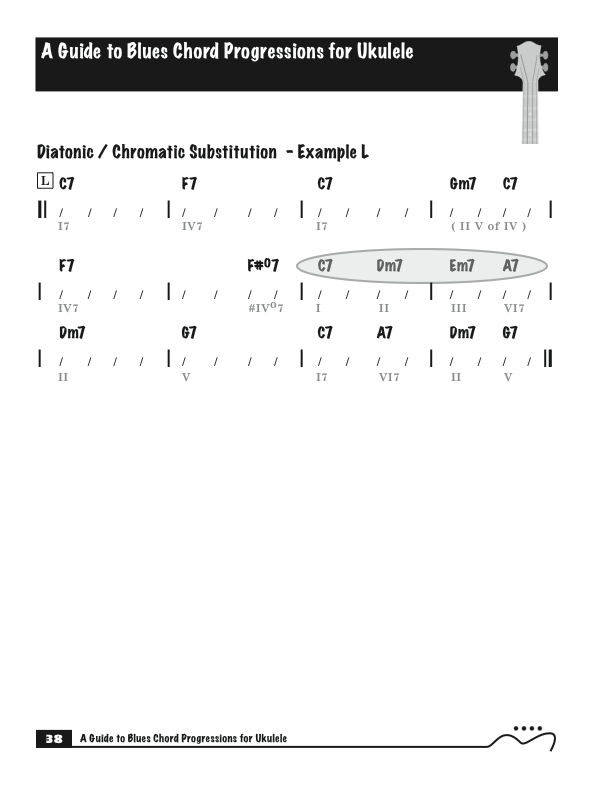
Example L blues progression from my book "A Guide To Blues Chord Progressions For Ukulele A To Z".
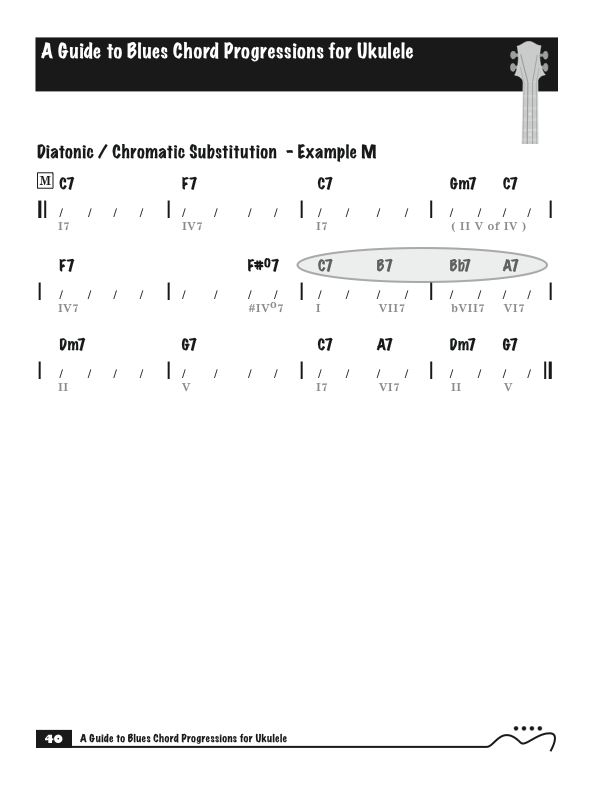
Example M blues progression from my book "A Guide To Blues Chord Progressions For Ukulele A To Z".
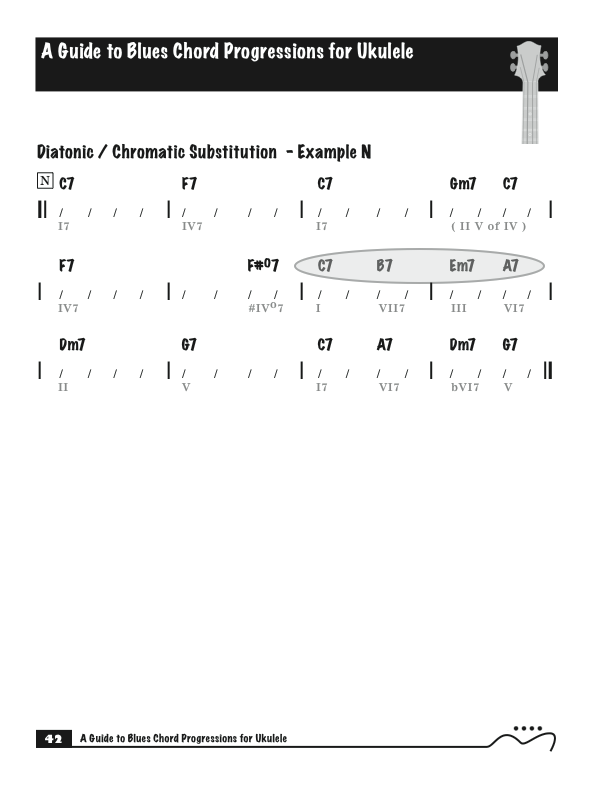
Example N blues progression from my book "A Guide To Blues Chord Progressions For Ukulele A To Z".
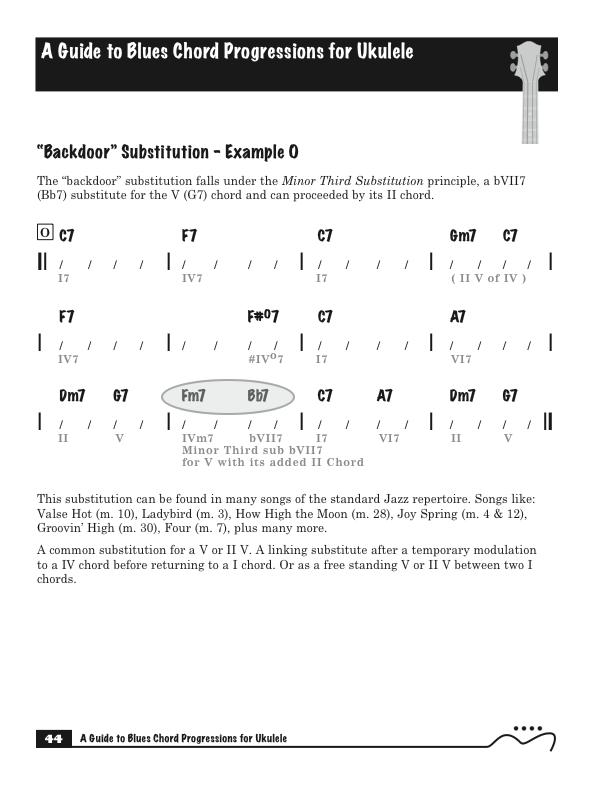
Example O blues progression from my book "A Guide To Blues Chord Progressions For Ukulele A To Z".
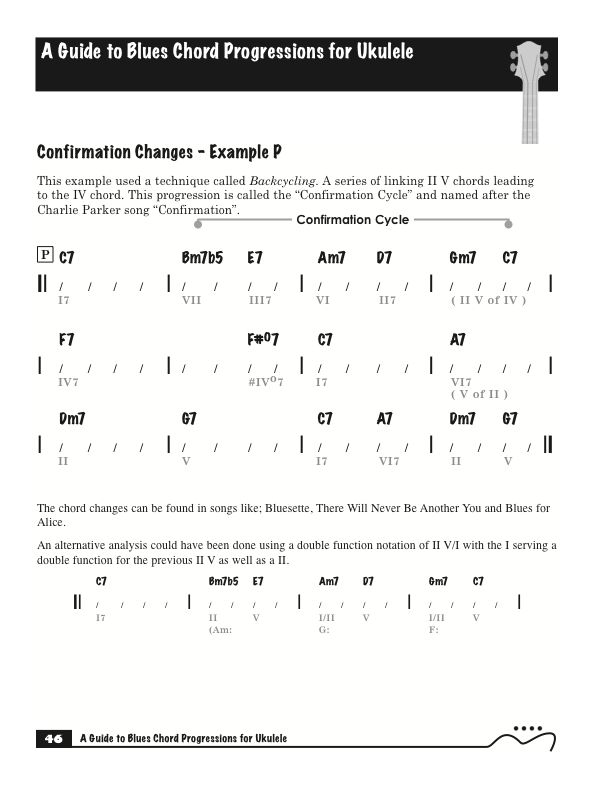
Example P blues progression from my book "A Guide To Blues Chord Progressions For Ukulele A To Z".

Example Q blues progression from my book "A Guide To Blues Chord Progressions For Ukulele A To Z".
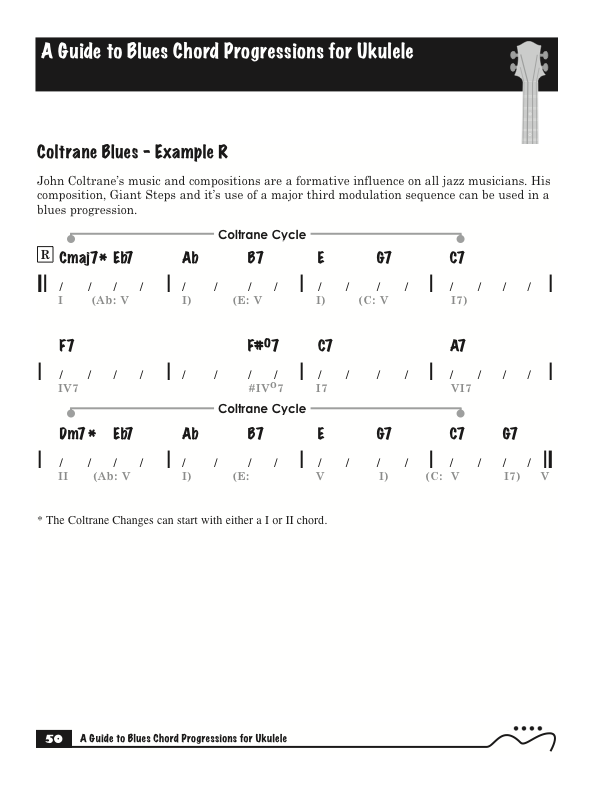
Example R blues progression from my book "A Guide To Blues Chord Progressions For Ukulele A To Z".
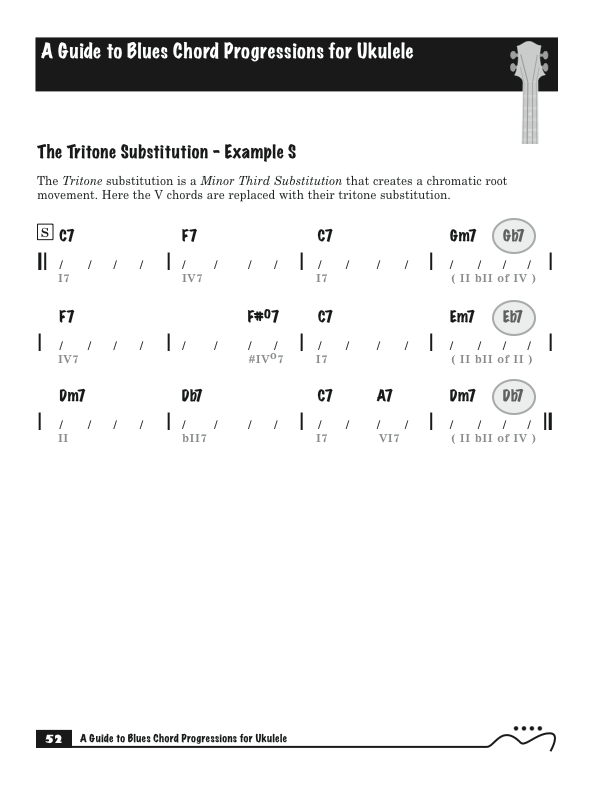
Example S blues progression from my book "A Guide To Blues Chord Progressions For Ukulele A To Z".
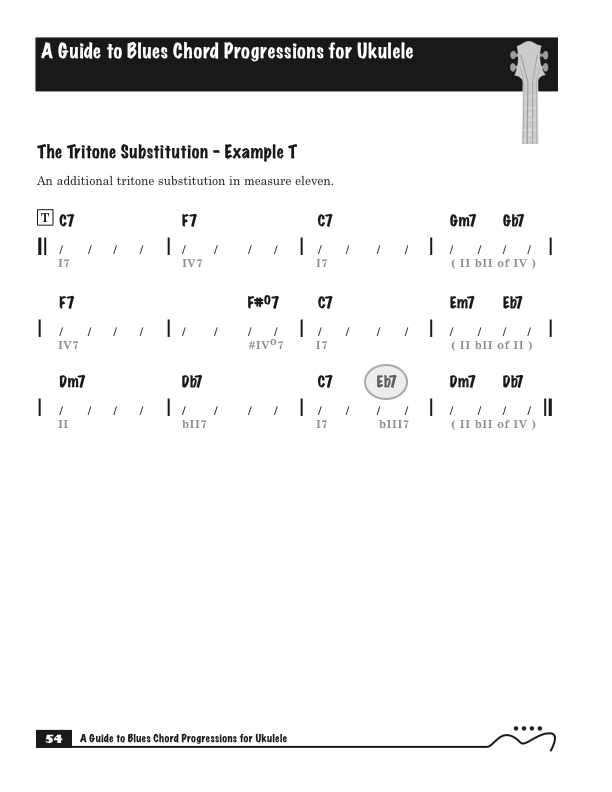
Example T blues progression from my book "A Guide To Blues Chord Progressions For Ukulele A To Z".

Example U blues progression from my book "A Guide To Blues Chord Progressions For Ukulele A To Z".

Example V blues progression from my book "A Guide To Blues Chord Progressions For Ukulele A To Z".
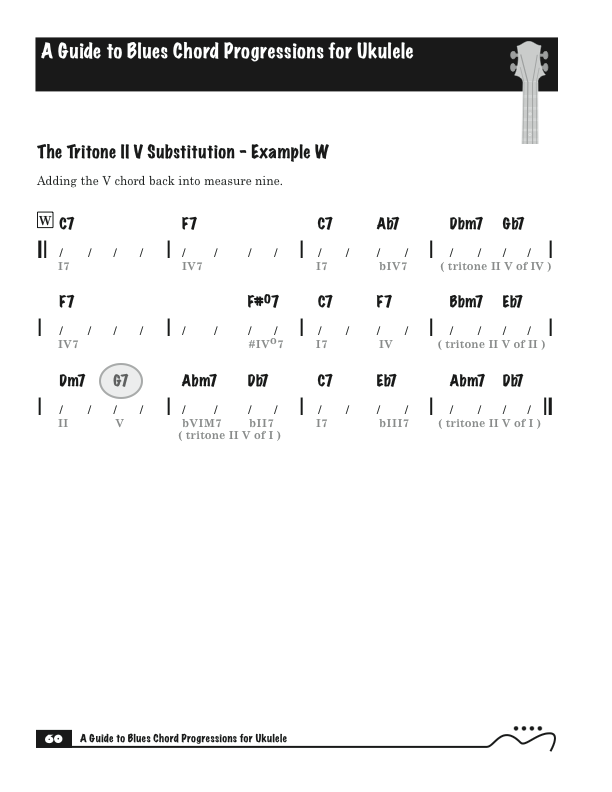
Example W blues progression from my book "A Guide To Blues Chord Progressions For Ukulele A To Z".
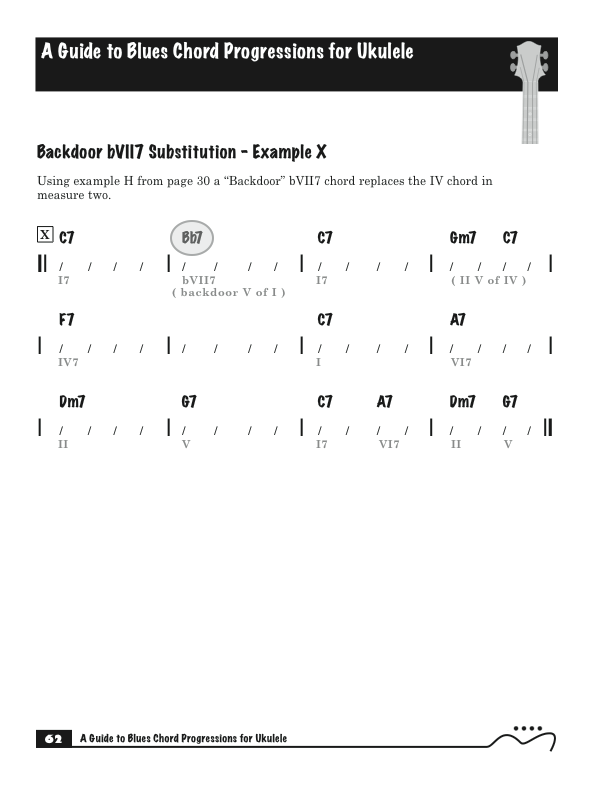
Example X blues progression from my book "A Guide To Blues Chord Progressions For Ukulele A To Z".
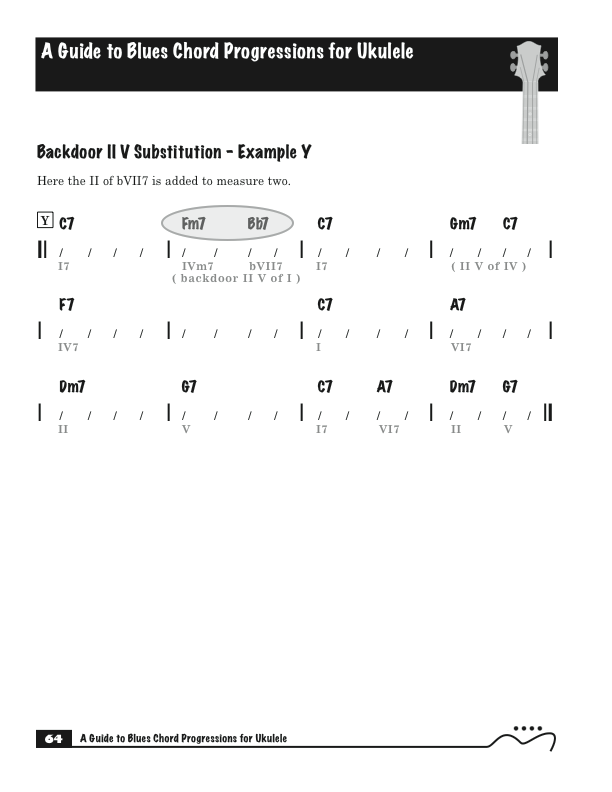
Example Y blues progression from my book "A Guide To Blues Chord Progressions For Ukulele A To Z".

Example Z blues progression from my book "A Guide To Blues Chord Progressions For Ukulele A To Z".
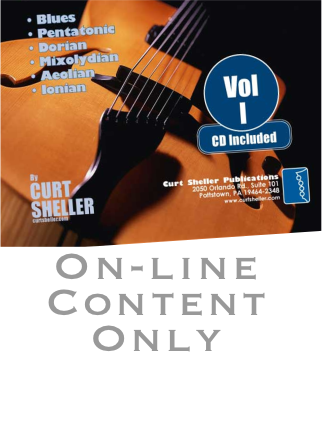
Four Premium practice play-along tracks for mastering and exploring the Blues scale. Suitable for any instrument.

The twelve bar blues and its many variants use an elongated, three-line form of the I - IV - V chord progression that has also generated countless hit records, including the most significant output of rock and rollers such as Chuck Berry and Little Richard.
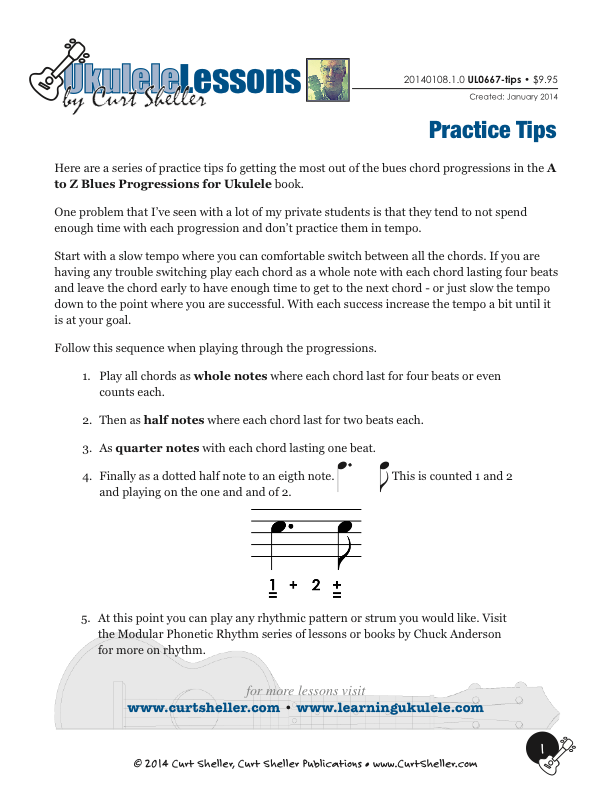
This is a lesson with practice tips for getting the most out of each of the blues progressions in my book A to Z Blues Chord Progressions for Ukulele.



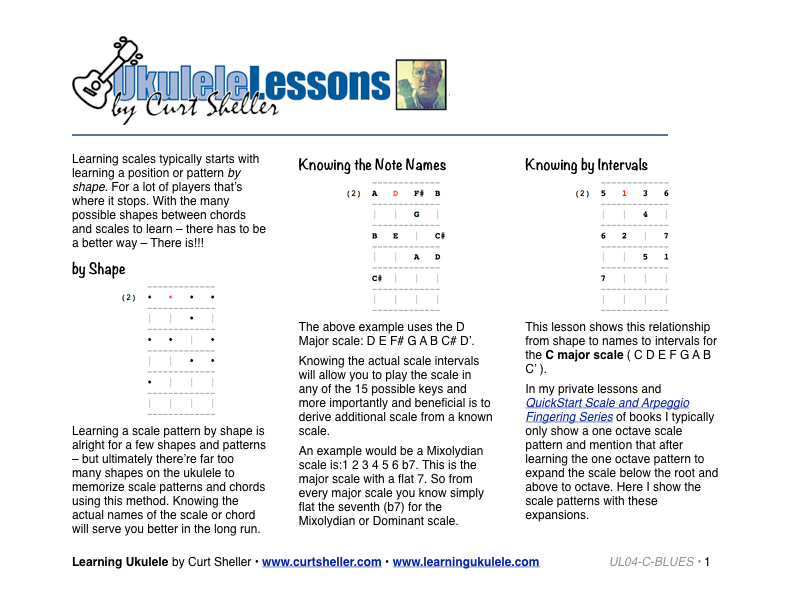
.jpg)